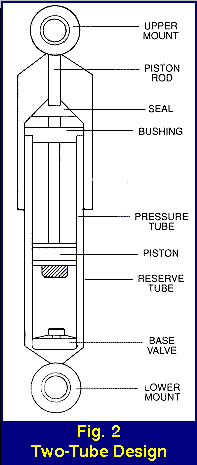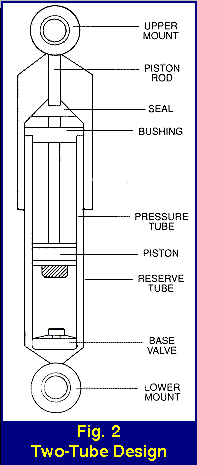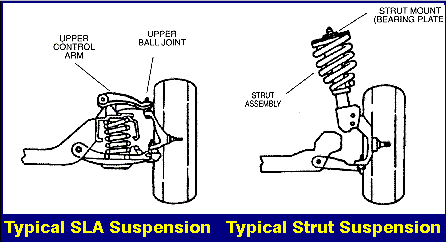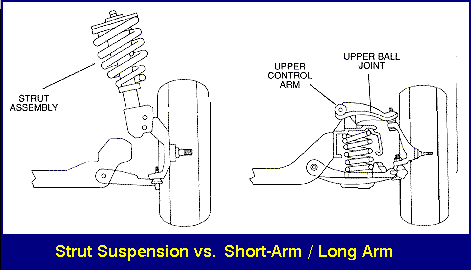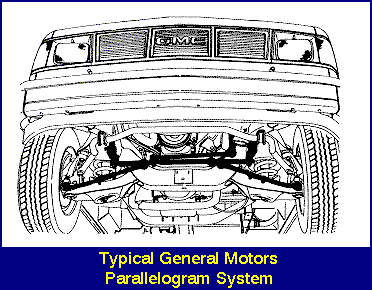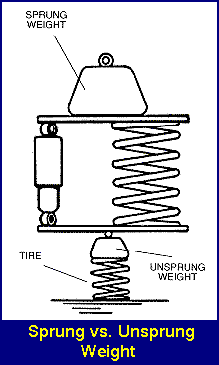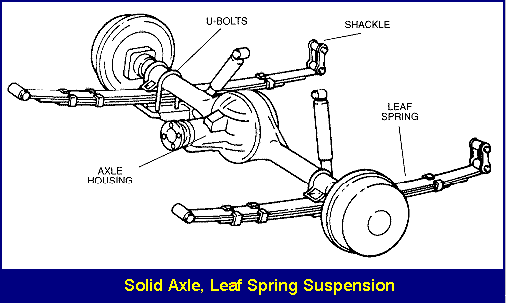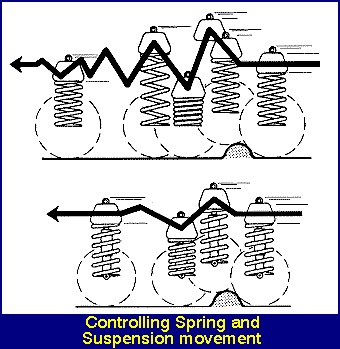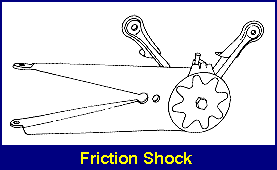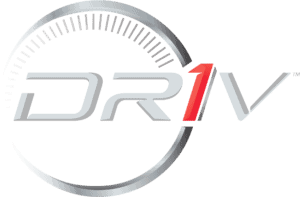Shock Absorber Construction
SHOCK ABSORBER CONSTRUCTION Bore Size Bore size is the diameter of the piston and the inside of the pressure tube. Generally, the larger the unit, the higher the potential control levels because of the larger piston displacements and pressure areas. The larger the piston area, the lower the internal operating pressures and temperatures. This provides […]

